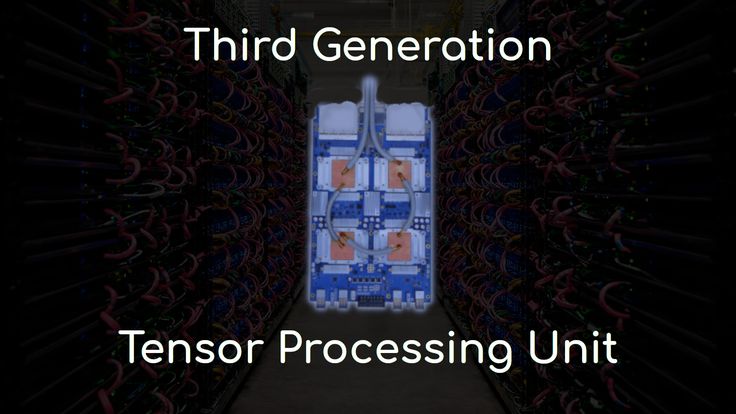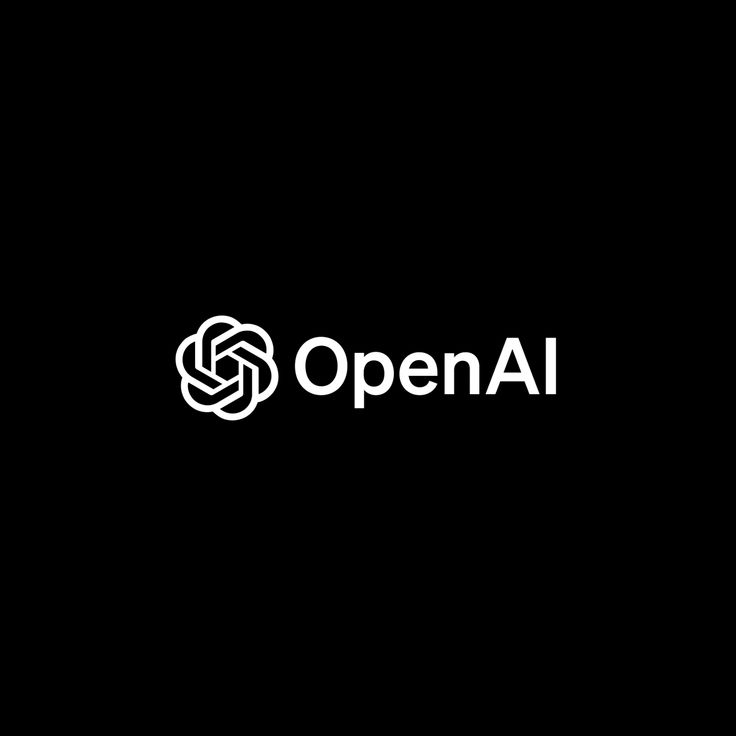OpenAI’s Shift to Google TPUs Threatens Nvidia’s AI Monopoly—Microsoft in Crossfire
In a major shake-up within the AI industry, OpenAI, the company behind the groundbreaking ChatGPT platform, has reportedly started shifting some of its critical workloads from Nvidia’s GPUs to Google’s Tensor Processing Units (TPUs). According to sources from Reuters, Tech in Asia, and other leading tech outlets, this strategic move aims to diversify OpenAI’s hardware supply chain, reduce costs, and marks Google’s intensified efforts to challenge Nvidia’s dominance in the lucrative AI hardware market.
OpenAI’s transition to Google TPUs is significant for several reasons. Nvidia currently holds a commanding position, supplying GPUs that power a substantial portion of global AI workloads. By embracing Google’s advanced silicon, OpenAI is not only reducing its dependency on Nvidia but also reshaping the competitive landscape, potentially influencing other major tech companies to follow suit.
Why OpenAI’s Google TPU Move Could Break Nvidia’s AI Stronghold

Nvidia’s GPUs have been foundational to the explosive growth of artificial intelligence, underpinning everything from machine learning research to commercial deployments of AI-driven products like ChatGPT. Nvidia’s market share and stock valuation soared thanks to its near-monopoly on supplying powerful GPUs essential for training and deploying large-language models (LLMs).
However, OpenAI’s shift to Google’s TPUs signals a pivotal moment that could disrupt Nvidia’s dominance. Google’s custom-developed TPUs are specifically optimized for tensor computations used extensively in machine learning and AI workloads. Early reports indicate that Google’s latest TPU models offer superior performance-per-dollar compared to Nvidia’s GPUs, making them highly attractive for companies facing massive computational demands like OpenAI.
This shift isn’t merely technological; it’s economic and strategic. As OpenAI seeks to optimize its operational costs while maintaining high computational efficiency, other AI-centric companies might be inspired to diversify their hardware suppliers as well. A broader industry shift toward TPUs would significantly erode Nvidia’s competitive edge and could reshape the AI hardware market dynamics considerably.
Microsoft in the Middle: Why Google’s TPU Coup Creates a Cloud Conundrum
While Google’s gain represents a direct competitive threat to Nvidia, it also places Microsoft, OpenAI’s primary financial and technological backer, in an unusual position. Microsoft has heavily invested in Nvidia GPUs, embedding them into its Azure cloud infrastructure specifically optimized for OpenAI workloads.
OpenAI’s decision to diversify with Google TPUs introduces complexity into Microsoft’s strategic planning. Microsoft must now balance its partnership with Nvidia, which remains critical for its existing AI cloud infrastructure, with the evolving needs of OpenAI—a partner increasingly leaning toward Google’s specialized silicon.
Moreover, Google’s successful courtship of OpenAI is a significant win in its broader strategy to attract hyperscalers and prominent AI developers. The TPU adoption positions Google Cloud as an attractive alternative to Azure and AWS, potentially triggering further shifts in cloud-based AI strategies industry-wide.
Google’s strengthened foothold in AI silicon could also accelerate innovation and price competitiveness across the entire cloud industry, ultimately benefiting end-users through improved services and reduced costs.





















